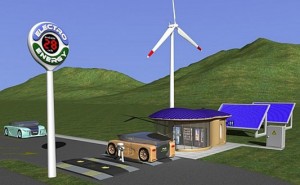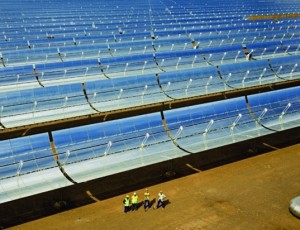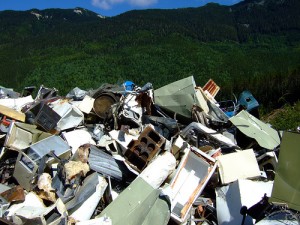 Sprinting across a Portsmouth street to feed my parking meter before our ever-diligent meter officers presented me with another $10 love note, I had to stop short to let a car pass. At first it looked like any other car, albeit in a screaming shade of fluorescent green, but as it rolled toward me over the Memorial Bridge I saw it was one of those two-seat Smart Pure Coupes.
Sprinting across a Portsmouth street to feed my parking meter before our ever-diligent meter officers presented me with another $10 love note, I had to stop short to let a car pass. At first it looked like any other car, albeit in a screaming shade of fluorescent green, but as it rolled toward me over the Memorial Bridge I saw it was one of those two-seat Smart Pure Coupes.
You’ve probably seen a Smart car. They’re about the size of your average household appliance and they look like they should have big wind-up keys sticking out of their butt ends. You could park one in the bed of a Ford Ranger pickup without touching either side. They’re popular as delivery cars in urban areas, so long as you’re delivering something small. Say a pack of Life Savers. One at a time.
It wasn’t the car itself that made me stop and take notice, though. It was who was driving it. The gent behind the wheel and woman sitting next to him appeared to be well into their seventies, with gray hair and glasses and clothes that, at least from the chest up, didn’t match their vehicle’s Skittle-lime, ultra-hip image. They appeared to be the kind of people who, if you’re schooled on your stereotypes, should be driving a Detroit dreadnought with the left blinker on. They did not look like a couple who should be driving a motorized Tonka truck that gets 33 mpg city and 41 highway, yet there they were tooling toward downtown Portsmouth in what could have been their living room Barcaloungers lashed side-by-side.
For most of my life (I’m 46) “tree hugging” has been mainly (and unfairly) associated with the younger set. If we’re going to build a sustainable society, however, it won’t be by waiting for the current generation of schoolchildren to start running the world. We have to change minds and behaviors now. That’s why the sight of that older couple in the Smart car gave me a pleasant jolt. It also brought back an unlikely “green” conversation I had with a city councilor when I was a reporter covering Marlboro, Massachusetts.
The councilor’s name was Herman, and from all outward appearances he was about as environmentally conscious as a Norwegian whale hunter. He was a conservative Republican, an Army veteran, and the retired owner of his own welding business. He was long on gruff and short on tact, though he had a deceptively good heart. He was the kind of guy who would make derogatory comments about an ethnic group but be a good neighbor to a family of that group who moved in next door.
Good heart or no, you would not tab Herman as an environmental maverick, which is why the talk we had in 1991 is so clear in my mind to this day. We were killing a few minutes outside city hall so Herman could have a smoke break before the next council session. I liked talking to Herman because he was completely uncensored, and told me a lot of stuff he later wished he hadn’t. That evening though, the conversation was about an article he read on plug-in cars. Not the glorified golf carts that passed as electric cars in the ‘70s, but real road vehicles. The concept fascinated him.
“I’d do that, have one of them little cars for around town and save the Pontiac for long trips,” he said between drags on a filtered Merit. “You’d pay for the electricity, but think of all the gasoline you wouldn’t burn.”
If Herman could be open minded about alternative transport, there’s hope for the world. Herman and the couple in the Smart car are proof that if you can make a good enough case and supply reasonable alternatives, even generations supposedly set in their ways will make the environmental choice.
Of course, when Herman was done educating me about plug-in cars, he snubbed out his cigarette on city hall’s granite staircase then flipped the butt onto the sidewalk. I guess we’ll have to take progress where we can get it, in small doses.









